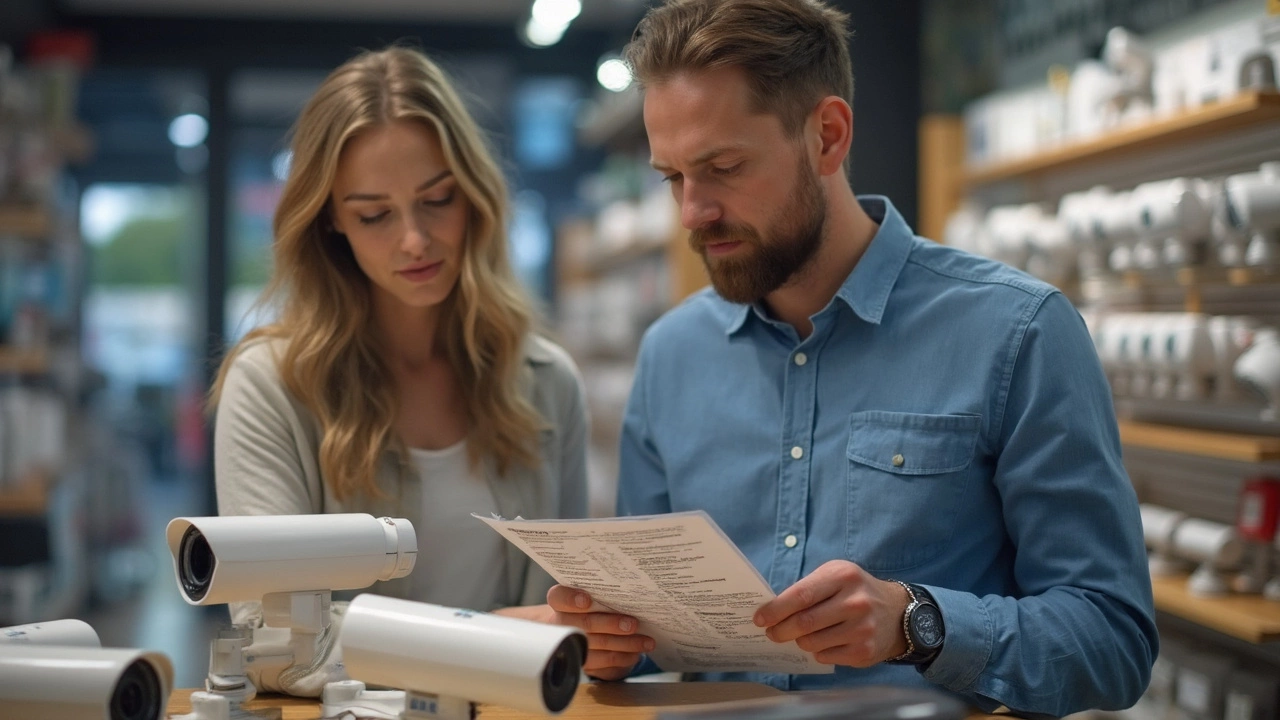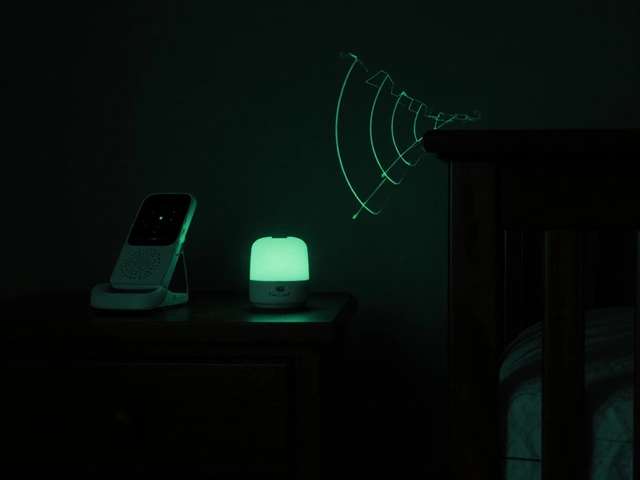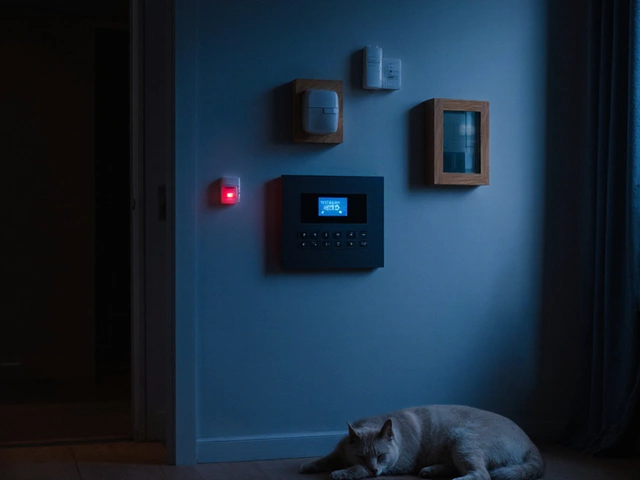Camera System Guide: What You Need to Know in 2025
Thinking about a camera system? You’re not alone. Homeowners and businesses are swapping old analog boxes for sleek 4K units, battery packs, and cloud storage. The right setup can stop a break‑in, give you peace of mind, and even lower insurance costs. Below we break down the basics so you can choose, install, and keep your system safe.
Choosing the Right Camera System
First, decide where you need eyes. Indoor rooms benefit from wide‑angle lenses that capture whole spaces, while outdoor spots need weather‑proof housing and night‑vision infrared LEDs. If you only need a few points, a wired system may be cheaper in the long run because you won’t replace batteries. For renters or DIY fans, battery‑powered models like the latest Ring and Nest doorbells work well – just make sure the battery life matches your usage.
Next, think about connectivity. Wi‑Fi cameras are easy to set up but can be vulnerable to hacking or signal drops. A hybrid approach—wired power with Wi‑Fi video—gives stable power and remote access. Look for cameras that support two‑factor authentication and encrypt video streams; that’s the best defense against snoops.
Don’t forget storage. Some brands push monthly cloud fees, while others let you use a local SD card. If you’re on a budget, start with local storage and upgrade to a cloud plan only if you need remote backup. Check the retention period – a 30‑day archive is common, but some services let you keep footage for 90 days for a higher price.
Keeping Your System Secure
Once you’ve installed the cameras, lock down the software. Change default passwords immediately and use strong, unique passphrases for each device. Keep firmware up to date; manufacturers often release patches that fix security holes.
Turn on motion alerts but fine‑tune the sensitivity. Too low and you’ll get constant false alarms from pets or passing cars. Too high and you might miss a real intrusion. Most apps let you draw zones, so you can ignore a busy street and focus on your driveway.
Consider adding a motion sensor or a smart lock that works with your camera system. Dual‑tech sensors (PIR + microwave) reduce false triggers and give you an extra layer of protection. When a sensor trips, the camera can start recording instantly and send you a push notification.
Finally, think about privacy. If you share a property with neighbours, inform them about any outward‑facing cameras. In the UK, you’re required to avoid filming public spaces without a legitimate reason. A simple sign that says “CCTV in operation” can keep you on the right side of the law.
With these tips, you can build a camera system that actually works for you – not just a fancy gadget that collects dust. Choose the right hardware, secure the software, and stay aware of what you’re filming. Your home (or business) will feel safer, and you’ll know exactly what’s happening when you’re not there.




